Abrus precatorius, commonly known as jequirity bean, rosary pea, crab’s eye, or gunga/gungi, is a poisonous plant native to India. It is a slender, perennial climber that bears bright red seeds with a black spot, giving them the appearance of a bead, which has led to their use in jewelry. While extremely toxic when ingested, the plant has long been used in Ayurvedic medicine. With the proper climate and care, Abrus precatorius can be successfully grown as an ornamental vine in gardens across India.
Overview of Abrus Precatorius
Abrus precatorius is a member of the pea family, Fabaceae. It is a twining, herbaceous vine which can grow up to 10 meters in length. The leaves are pinnate with 10-20 leaflets. The flowers are pink or white and bloom from July to October.
The most striking feature of the plant are the seeds. These glossy, red seeds have a distinctive black spot and grow in pods of 4-8 seeds. While beautiful, the seeds contain the toxins abrin and abric acid and are very poisonous, especially when chewed.
However, when used properly, extracts from the seeds have been used in Ayurvedic medicine. The plant is native to India but has become an invasive weed in tropical areas around the world. When grown as an ornamental, care should be taken to prevent spread.
Climate and Soil Requirements
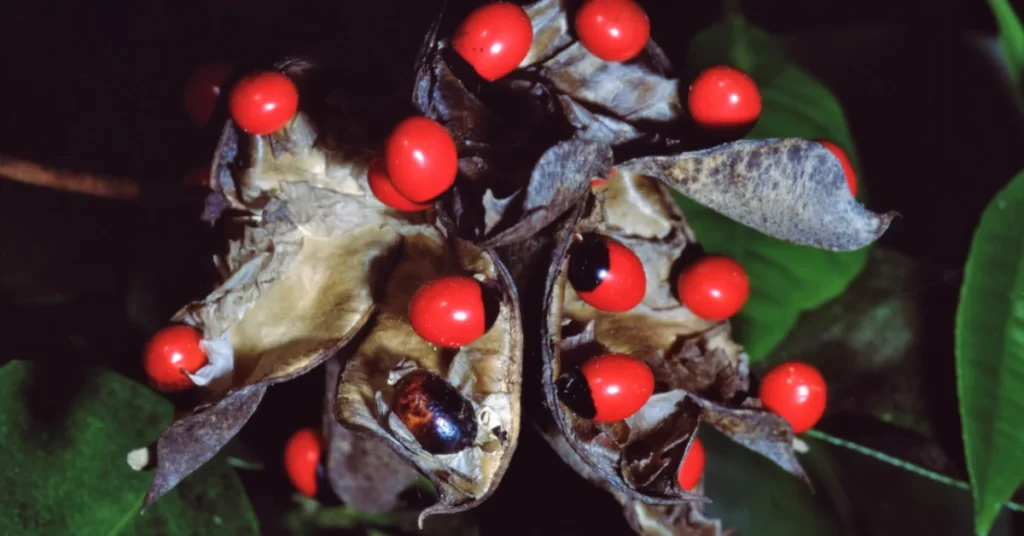
Climate
Abrus precatorius thrives in warm, humid tropical and subtropical climates. It requires at least 150 cm of annual rainfall with temperatures between 20°C and 30°C being optimal. The vines cannot withstand frost or cold weather. They perform best in areas with long, hot summers.
Soil
The plants prefer light, well-draining soils that are slightly acidic to neutral in pH. Sandy loams or sandy clay soils are ideal. Stagnant water can cause the roots to rot so soils should drain well. They will tolerate slightly saline soils but extremely sandy soils should be avoided.
Propagation of Abrus precatorius
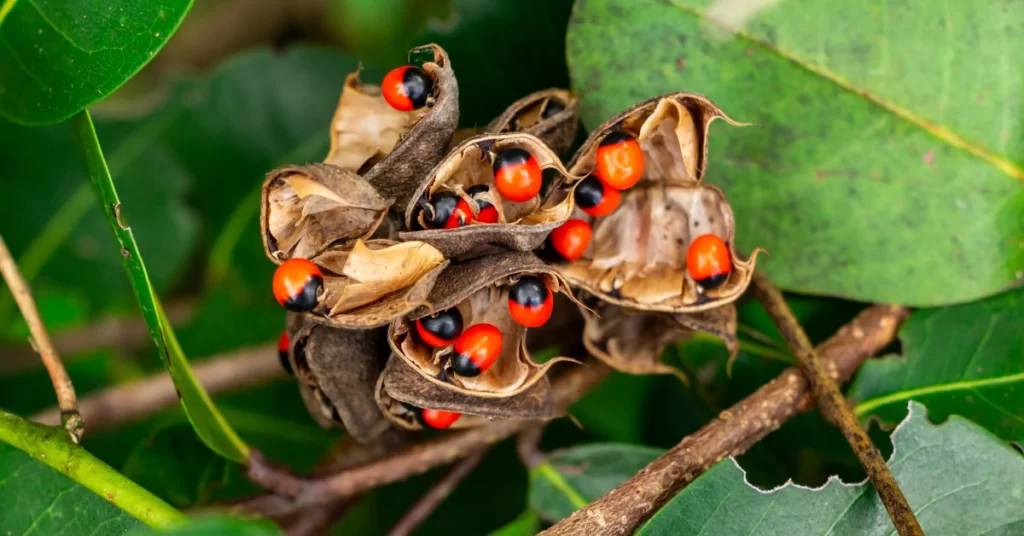
Abrus precatorius can be propagated from seeds or through vegetative propagation.
From Seeds
Propagation from seeds is most common. The hard coated seeds require scarification by nicking, filing or soaking in hot water to allow water uptake and germination. Once scarified, sow the seeds 1 cm deep in pots or directly where they are to grow. Germination occurs in 1-2 weeks. Seedlings require warm temperatures and will germinate best at 25°C or warmer.
Vegetative Propagation
The plant can also be propagated from stem cuttings. Take 15-20 cm cuttings from mature stems. Remove the leaves from the lower half of the cutting and dip in rooting hormone.
Plant in pots filled with equal parts sand and compost. Keep the soil moist and warm. Roots and shoots should emerge in 3-5 weeks. Newly rooted plants will be ready for transplanting after 2-3 months.
Planting
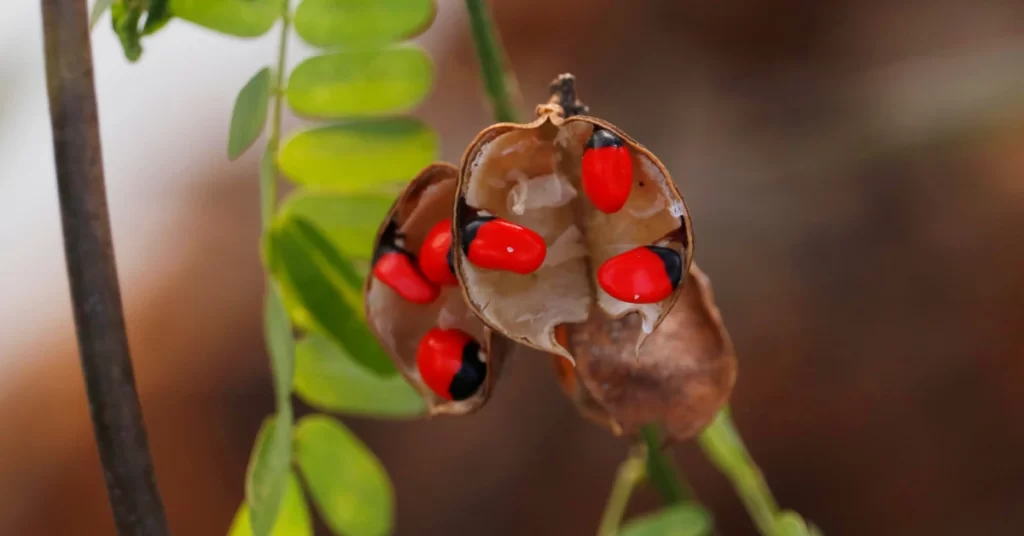
When to Plant
Abrus precatorius can be planted year round in tropical climates. However, spring and summer planting is best to allow enough warm weather for germination and establishment.
Where to Plant
Select a site with full sun to light shade. The vines need good airflow and should not be crowded. Leave 2-3 meters between plants for adequate room to grow. Install a sturdy trellis, pergola, or fence for the vine to climb.
How to Plant
If growing from seed, sow directly into the prepared garden bed. Dig holes large enough to accommodate the root ball of potted plants.
Backfill the holes with native soil and compost. Space plants 1-2 meters apart. Water thoroughly after planting. Apply 2-5 cm of mulch around the base to conserve moisture.
Care and Maintenance
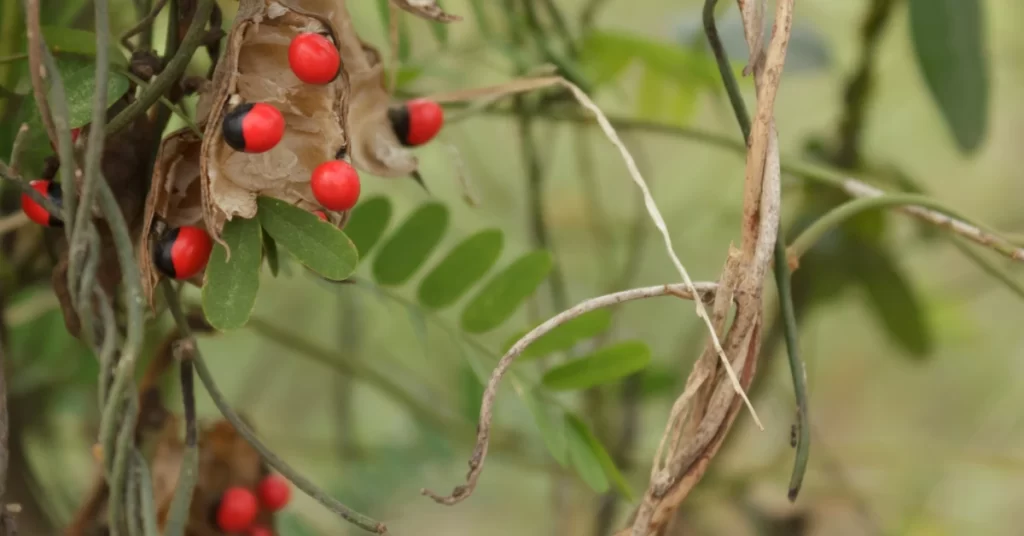
Caring for Abrus precatorius consists of regular watering, feeding, pruning and pest management.
Watering
The plants require regular watering to maintain moist soil. Water thoroughly 1-2 times per week, providing 2.5-5 cm of water per week. Water at the base of the plant and avoid wetting the foliage. Reduce watering in cool winters.
Fertilizing
Apply a balanced 10-10-10 fertilizer monthly during the growing season. Compost and manure will also help provide nutrients. Fertilize at half strength in winter.
Pruning
Prune annually to remove dead stems and control growth. Cut back excess growth after flowering to maintain shape. Pruning promotes flowering and prevents bare spots from developing.
Pest and Disease Control
Major pests include aphids, mealybugs and spider mites. Diseases include leaf spot, powdery mildew and root rot.
Maintaining plant health and sanitation helps prevent problems. Insecticidal soaps and horticultural oils can control most pests.
Remove diseased foliage promptly. Improve drainage to prevent fungal issues.
Harvesting of Abrus precatorius
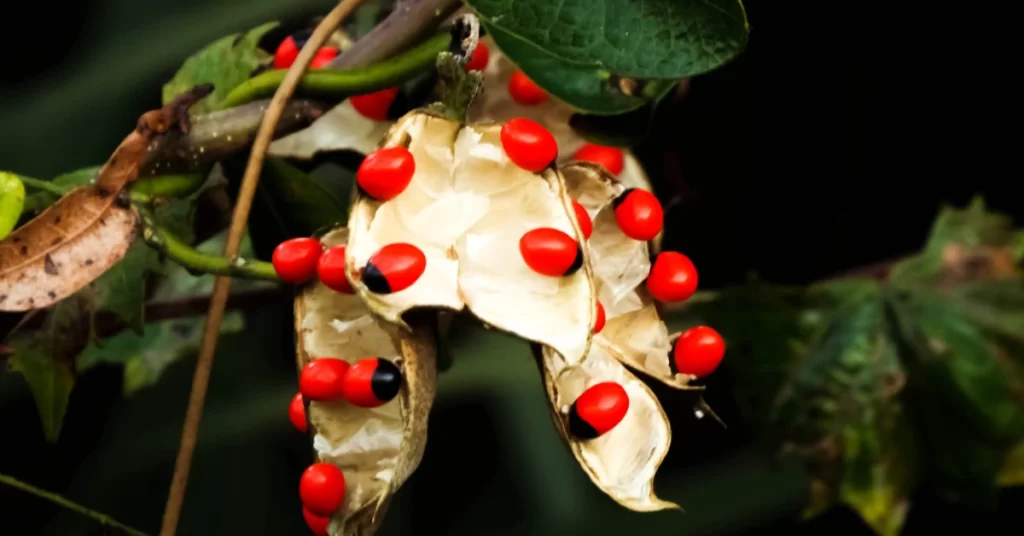
The seeds begin developing after flowering and mature 12-18 weeks later. Monitor seed pods closely as they tend to pop open when ripe, scattering seeds.
Collect ripe pods by hand, wearing gloves to protect from the irritating hairs inside the pods. Remove the seeds and allow them to fully dry.
When properly dried, the seeds make a rattling sound when shaken. Store seeds in an airtight container.
Uses of Abrus precatorius
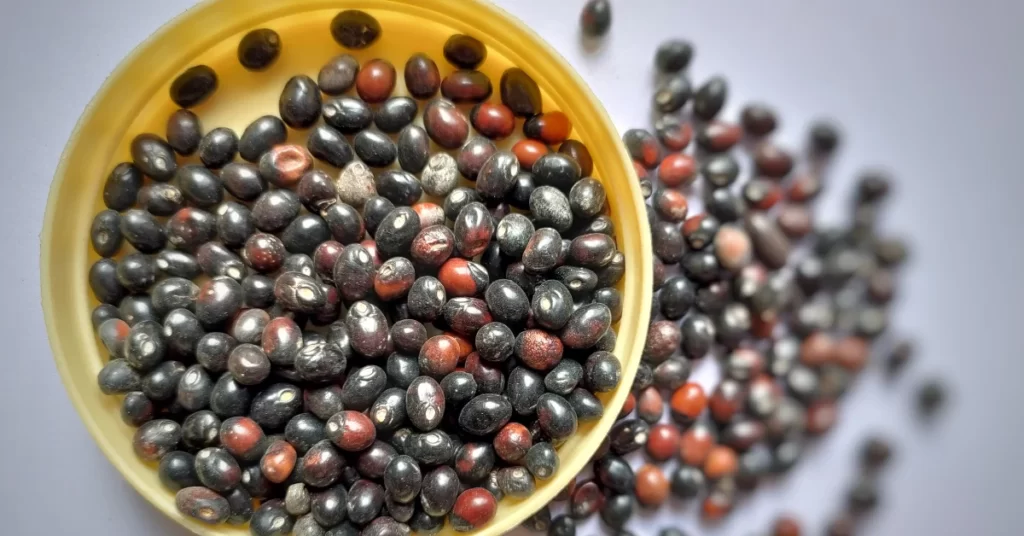
While the seeds are extremely toxic, Abrus precatorius has long been used in Ayurvedic and folk medicine when used properly.
Practitioners use extracts externally for skin conditions. The attractive seeds are used in jewelry making in some parts of the world.
However, precautions are necessary when handling the seeds and plants to avoid poisoning. When grown as an ornamental vine, keep away from pets and children. Propagation should be controlled to avoid spread.
Conclusion
With its beautiful flowers and unusual seeds, Abrus precatorius makes a unique ornamental plant. By providing suitable climate conditions and proper care, the vigorous vines can be successfully grown in gardens across India.
Just be aware of its toxicity and take necessary precautions when handling the plant. When given adequate space and support for climbing, this unusual plant can create an exotic, tropical feel in the landscape.
FAQs
What are the symptoms if someone eats the seeds?
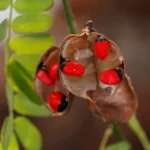
Ingesting the seeds causes burning of the mouth and throat, nausea, vomiting, diarrhea, low blood pressure, kidney and liver damage, respiratory failure and death in severe cases. Seek emergency medical attention if any amount is swallowed.
How long does it take for Abrus precatorius seeds to germinate?
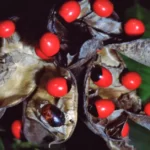
With proper scarification, the seeds will germinate in 1-2 weeks when sown in warm conditions above 25°C. Germination rates are erratic and it may take up to a month for some seeds. Soaking in water or acid can improve germination.
Where does Abrus precatorius grow naturally?
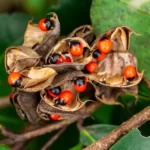
The plant is native to tropical regions of Asia and Australia. Its origins can be traced to India and Sri Lanka. It has become an invasive weed in many Pacific islands and Caribbean nations.
Is Abrus precatorius legal to grow in India?
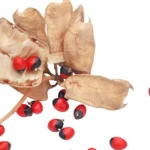
Yes, it is legal to cultivate as an ornamental plant. However, be cautious of allowing it to spread into natural areas where it can become invasive.
What trellis or support system does Abrus precatorius need?

The vines can grow quite large, requiring a sturdy support at least 2-3 meters tall. Trellises, pergolas, fences, trees or other rigid structures offer the best support for the twining stems.
